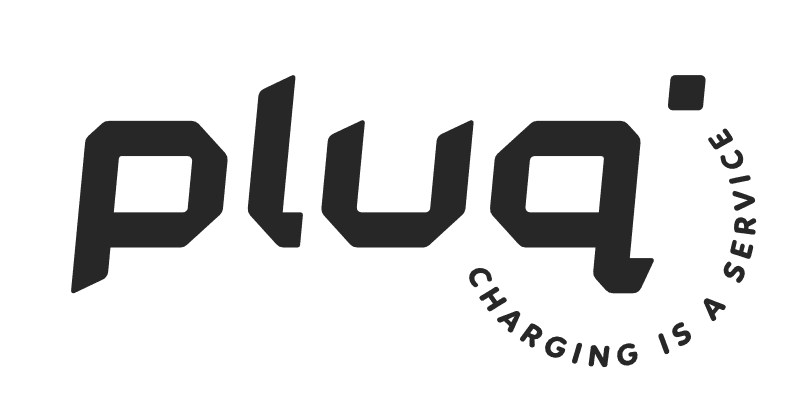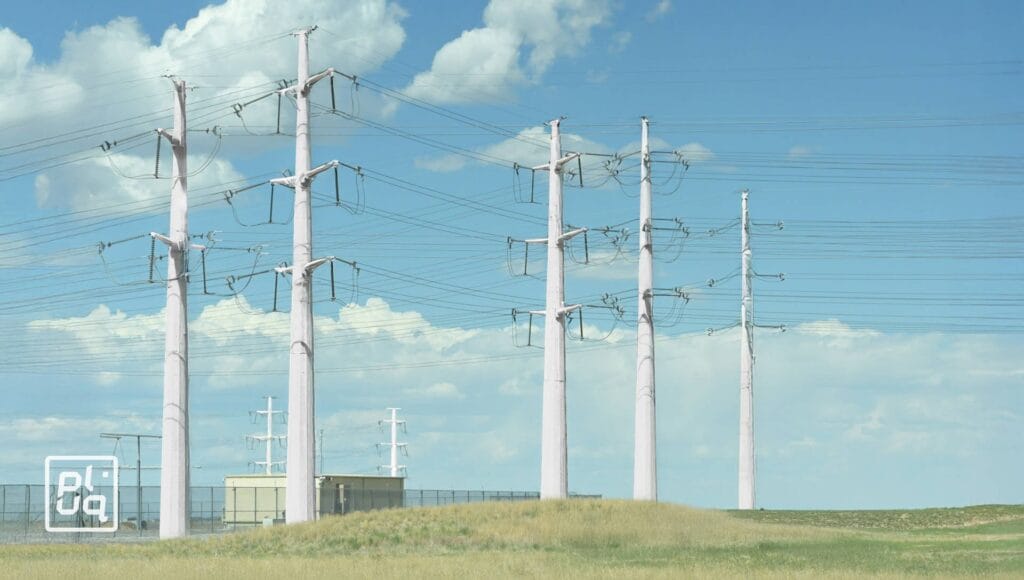The Dutch electricity grid is reaching its limits. As warnings from grid operators intensify, it is clear that grid congestion is no longer a future concern—it is happening now. Understanding the implications is crucial for property developers, asset managers, and businesses navigating the energy transition. But more importantly, what can still be done?
A nation approaching capacity
A glance at today’s headlines reveals a country under energy pressure. Grid operators are proposing extreme measures: some want to reduce or even shut off public EV chargers between 4:00 and 9:00 PM in urban areas to relieve strain. The situation is even more dire in certain regions — businesses, homes, EV charging hubs, and even battery systems face multi-year delays for new or expanded connections.
To help ease the situation, grid operators have begun deploying large-scale batteries. These systems store excess energy when supply exceeds demand and release it during peak hours, helping to stabilize the grid. Thanks to these interventions, the waitlist for new energy connections is gradually shrinking.
Grid congestion explained
Many believe grid congestion means demand exceeds supply. In reality, it’s more specific: congestion occurs when the volume of electricity trying to move through the grid exceeds the grid’s transport capacity.
Yes, there are daily spikes—in the morning and evening, when households turn on their power or start cooking, which are predictable. What’s not predictable is energy generation, especially with renewable energy sources.
Solar and wind energy are being rapidly integrated into the system. These sources feed not only into high-voltage infrastructure but also increasingly into local, low-voltage networks, which were never designed to handle such a high volume of input. As a result, areas are emerging where neither new supply nor new demand can be connected. The grid is full.
This is not just theory. It’s happening now, and projects are being held up across the nation.
From macro problem to micro opportunity
Let’s zoom in on a real case study to show what’s still possible — even in constrained areas.
This site has a fixed energy contract with a maximum power capacity, as indicated by the green line on the chart. Consumption nears this line twice daily but never crosses it. Most of the time, energy usage remains well below the limit.
This grey area — the unused bandwidth — is where the opportunity lies.
With smart infrastructure, the business can install 5 to 10 EV charging points without exceeding its contract. By integrating charging into the building’s energy management system, Pluq ensures real-time balancing. Primary operations remain protected, even during periods of high demand.
Pluq applies techniques like:
- Smart Charging
- Dynamic Load Balancing
- Buffering with on-site batteries
These strategies help you use every available kilowatt without triggering penalties.
The real risk: Breaching your contracted capacity
Grid operators are laser-focused on peaks. Even a short breach of your contracted transport capacity triggers a warning. A second offense leads to fines; repeat violations can jeopardize your connection.
Ironically, most companies use far less energy than they’re allowed. Because of how the system works, brief spikes are punished, while consistent underuse goes unnoticed.
That’s why it’s critical to optimize energy flow behind the meter. Grid operators are only responsible up to the point of connection. What happens beyond that is your responsibility — and your opportunity.
Can you contract for more power?
Realistically: no.
In today’s grid, increasing your contracted capacity is almost impossible. Downsizing might seem tempting, but don’t do it. Once you relinquish power, you may not regain it for years, and you cannot always predict future needs.
Our advice: protect what you have.
Smart infrastructure, even in congested zones
While the macro grid requires massive investment, individual sites can still achieve significant improvements with the right technology, partners, and planning.
At Pluq, we help companies navigate this complex landscape by designing smart, scalable charging solutions that work within existing energy contracts. In many cases, we can have chargers installed and operational within six weeks without straining your core operations.
There Is Still Room to Act
Grid congestion is a real issue, but so are the solutions. Now is the time for property owners, developers, and large employers to act strategically.
Let Pluq help you unlock the unused capacity within your building — so you can electrify your site, enable EV charging, and move forward in the energy transition.
Want to know the full potential of your site?

